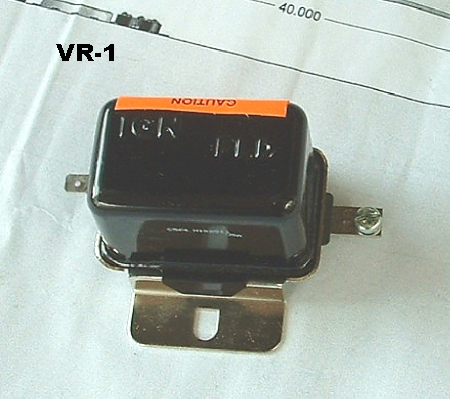fstfsh
Member
please, can anyone help me with this hot mess?
my 1968 barracuda notchback is having charging problems. the dashboard ammeter shows discharge when i am driving. i know something is wrong because the headlights are dim, the turn signal makes the ammeter needle bounce, and my drip-charger detects battery discharge when hooked up.
the car has a 340 with a six barrel and an electronic ignition.
autozone ran a test, which found that the alternator was at about 13 volts but the regulator had failed. the regulator in the car is relatively new but the same kind in the car when i bought it. it does not look like a mopar regulator. it also does not seem to be hooked up like i have seen in diagrams on this site for pre-1970, post-1970 and modified regulators.
one lead goes to the positive terminal on the battery. i cannot trace the other leads. here are photos of the regulator hooked up, one of the regulator off the car and the back of my alternator.
any idea whether this setup is correct and could be the cause of my discharge issue?
my 1968 barracuda notchback is having charging problems. the dashboard ammeter shows discharge when i am driving. i know something is wrong because the headlights are dim, the turn signal makes the ammeter needle bounce, and my drip-charger detects battery discharge when hooked up.
the car has a 340 with a six barrel and an electronic ignition.
autozone ran a test, which found that the alternator was at about 13 volts but the regulator had failed. the regulator in the car is relatively new but the same kind in the car when i bought it. it does not look like a mopar regulator. it also does not seem to be hooked up like i have seen in diagrams on this site for pre-1970, post-1970 and modified regulators.
one lead goes to the positive terminal on the battery. i cannot trace the other leads. here are photos of the regulator hooked up, one of the regulator off the car and the back of my alternator.
any idea whether this setup is correct and could be the cause of my discharge issue?

















